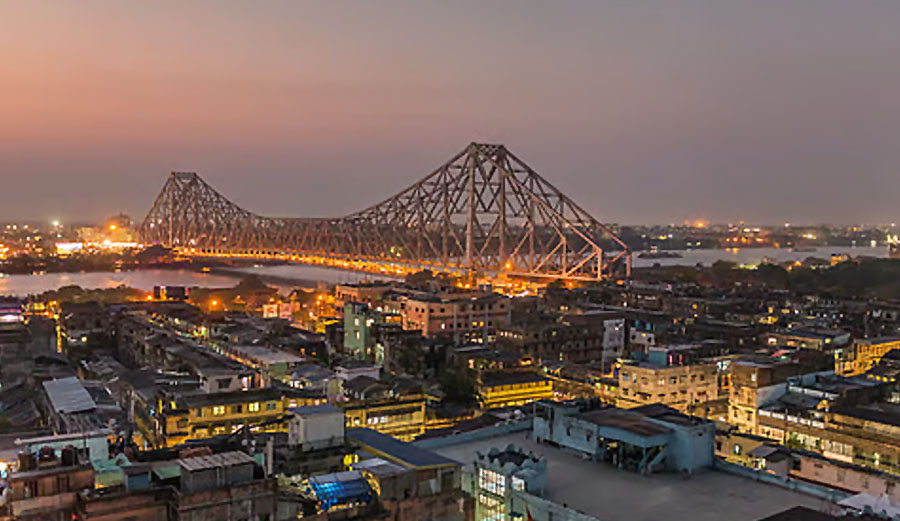“I think the authorities should take more proactive steps to save water,” declared Nirjhar while brushing his teeth.
While he was brushing his teeth, water was flowing continuously from the open tap.
But he did not bother.
Nirjhar is not an ‘authority,’ and water conservation is not his personal responsibility.
However, Nirjhar is not alone. Many of us think the same way.
It is the responsibility of the ‘authorities’ to bother about water conservation.
Not us.
In any case, how much water can we really save in our personal capacity?
Not much.
But we tend to hear worrying forecasts about freshwater availability in the world. They say there will be vicious wars between nations because of water in the future.
India — Top Water User in the World
India is a land of many rivers and an abundant monsoon system and hardly worried over the availability of freshwater in the past.
However, a few factors have changed this in the current times.
India needs a massive amount of freshwater for agricultural purposes. It needs huge food production requirement for its 1.3 billion population.
India uses 7610.0 billion cubic metres of water annually.
India gets its surface water from rivers such as the Ganges, Krishna, Cauvery, Brahmaputra, Indus, Godavari, and Mahanadi.
The primary source of water in India is underground aquifers which are replenished by rainfall and rivers. India is the world’s largest user of groundwater.
However, withdrawal from these underground sources has been increasingly made at a higher rate than subsequent replenishment raising concerns over depletion.
The Ganges Basin is an example of an aquifer in India facing a rapid reduction. Due to the inaccessibility of water, people resort to digging wells which contributes to the further depletion of underground aquifers.
In places like Punjab, massive withdrawal of underground water has hugely depleted the aquifer.
Extensive Urbanisation in India
Along with aspirational economic development, India experienced extensive urbanisation. The pace of urbanisation is taking speed and more and more apartment blocks are being built to accommodate a lot of people.
Water requirement has increased manifold in urban areas and often water is drawn from underground aquifers through deep tubewell.
This takes place in areas that are added to the city as the city expands.
This is true of Kolkata too.
The situation is worrisome, as we will see in a moment.
Groundwater Level Depletion in Kolkata
Some of the areas in Kolkata and adjoining municipalities are still not fully covered by municipal piped water network and underground water is used exclusively.
Extensive use of groundwater has its dangers, and Kolkata needs to control groundwater use on an urgent basis.
In fact, over-withdrawal of groundwater in Kolkata has created a ‘trough’ bigger than the city itself and turned three-fourths of its groundwater fully or partly brackish, a recently published study has stated.
The effect is primarily in the southern part of Kolkata.
It is unfortunate that Kolkata, traditionally a city with a huge groundwater reserve, is gradually becoming a water-deficient city because of a combination of increasing concretisation and over-withdrawal of groundwater.
It is imperative that every citizen must be aware of the dangers and act accordingly.
Saving water must be a priority.
Water Saving Steps in Kolkata
It is a matter of reassuring optimism that all stakeholders — citizens, property developers, and government authorities are taking steps to control the situation.
The new age real estate projects are having systems of rainwater harvesting.
Washing of common areas and gardening is done with stored rainwater in many gated communities in Kolkata nowadays.
While that is all very good but unlike Nirjhar, all of us have some responsibility to use the precious resource with care.
How You Can Save Water for its Optimum Use
Although there are many ways of saving this vital resource, let’s discuss some everyday water conservation tips you can follow at home.
Check your toilet for leaks
Check for leaks in the bowl, if the toilet is leaking it can lead to the wastage of over 100 litres of water a day. To reduce the volume of water consumed in each flush, one can place a cistern displacement device in the toilet cistern which can be easily acquired from your water provider.
Install water-saving showerheads or flow restrictors
Insert a regulator in your shower to put a limit on flow rates. Any ordinary hardware supply store stocks flow restrictors or showerheads which will cut the shower flow to at least ten litres per minute. They are easy to install and inexpensive.
Take shorter showers
Keep a bucket handy in the bathroom. Typically, a shower uses fifteen to thirty litres of water every minute. Limit the time of your showers to under 5 minutes. You can save more water when you soap up, wash and rinse off by turning off the water till then.
Conserve water when you brush your teeth
Don’t leave the water running when you brush your teeth. Before brushing, turn it on just to wet your toothbrush. Fill a glass to rinse out your mouth. Doing this can save ten litres of water per day.
Check faucets and pipes
An inexpensive washer is enough to check waste from leaks. Leaks outside the house can be more wasteful than inside leaks especially when it happens on your main water line.
Stop the drips
Even a tiny drip can waste more than 50 litres of water each day. If they aren’t repaired, then fix a dripping tap.
Conserve water when preparing food
You can collect water when rinsing off fruits and vegetables in the sink. This helps you to stop the wasteful practice of letting it run down the drain. You can use the remainder of it to water houseplants.
Use your automatic washing machine only for full loads
Our automatic washers use 150 to 250 litres per cycle.
Reuse wastewater where possible
“Grey water” is the water draining from your house’s sinks, bathtubs, and laundry machine, which can be used to water plants and clean balconies, stairs, etc.
Don’t run the hose while washing your car
Clean the car using a pail of soapy water. Use the hose only for rinsing; this simple practice can save as much as 500 litres when washing a car. Use a spray nozzle when rinsing for more efficient use of water.
Water conservation has become essential in all regions, even where water seems abundant. That’s because our water resources are finite, and they are getting smaller every year.
If we do not take care of water resources now, there will a bleak future for all of us..






